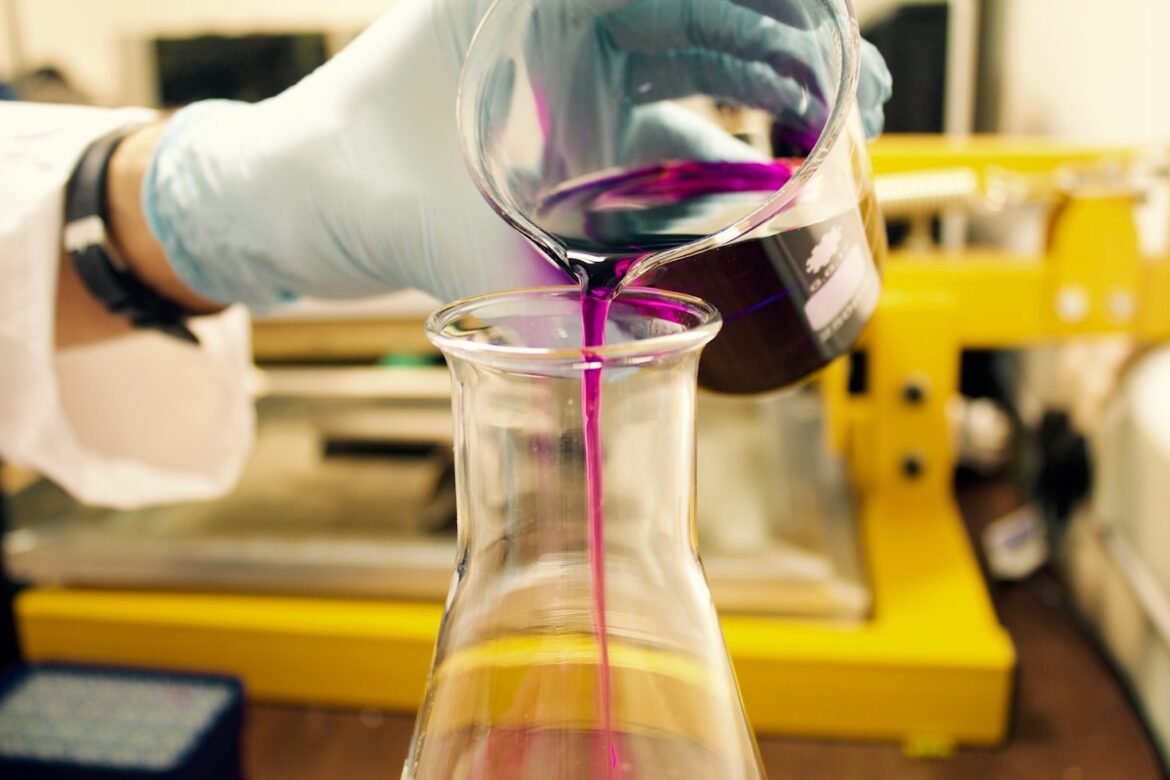Short for per- and polyfluoroalkyl substances, PFAS are a group of over 12,000 complex chemicals that share a carbon-fluorine bond. Synthetic in nature, these chemicals were produced since the 1940s for industrial use.
The main characteristics of these chemicals are grease, oil, and water resistance. This is why they were a major component of non-stick cookware, stain-resistant carpets, water-resistant fabrics, cleaning products, etc.
They have also been called the ‘forever chemicals’ because they do not easily degrade into the environment. Scientists are still looking for an effective way to break the strong carbon-fluorine bonds. In recent years, these chemicals have come under scrutiny due to health and environmental concerns.
In this article, we will discuss the risks involved in PFAS exposure and achievable ways to reduce them.
Dangers of PFAS Exposure
Of the thousands of chemicals that form this group, perfluorooctanoic acid (PFOA) has been the most widely studied. Sadly, it was found that it is carcinogenic to humans. This means PFAS, at large, may carry the risk of developing cancer.
This was further evidenced by a major litigation in the US against PFAS manufacturers. These chemicals were also used in producing Aqueous Film Forming Foam (AFFF) for putting out liquid-fuel fires.
Due to the foam’s low viscosity, it was highly effective and has been a huge part of the firefighting industry (even in the UK) for decades. However, firefighters started developing cancers of the kidneys and testicles due to prolonged exposure to PFAS. The AFFF foam lawsuit has over 7,000 such cases awaiting trial and settlements.
TruLaw states that municipalities have also filed this lawsuit, albeit under a different category – water contamination. Toxic levels of PFAS were found in underground water, and even now, half of US tap water is contaminated with these chemicals.
The risks involved with PFAS exposure only get worse because the chemicals are nearly impossible to escape. PFAS have almost engulfed the earth, with traces found in worldwide rainwater. It can be safely assumed that every human being and animal walking this world today has certain levels of PFAS in their blood.
Furthermore, some of these chemicals’ half-lives are alarming. The half-life of a chemical refers to the amount of time it takes for 50% of it to exit the human body. Some may take as long as 27 to 35 years for partial elimination!
Achievable Steps to Reduce PFAS Exposure
Since PFAS are nearly impossible to escape, some aspects of exposure to them are beyond your control. It is still possible to reduce the risks involved with these chemicals through the following steps.
For PFAS Found in Drinking Water
PFAS have contaminated the municipal water supply across the country. Over 35% of the water supply in Wales and England had medium to high-risk levels of these chemicals. Some ways in which exposure to them through contaminated water sources can be reduced include –
- Contacting your local water utility to enquire about the measures they use to address PFAS.
- Reaching out to a certified laboratory to have your water checked for PFAS.
- If PFAS are detected, compare the levels to your area’s safe level standards.
- Installing an in-home water filter or treatment certified for reducing PFAS levels.
For PFAS Found in Fish
Waterways that are impacted by PFAS will have fish that are contaminated. You can connect with a local tribal fish advisory to understand the status of the freshwater fish. Also, this will help you know which water sources are of concern.
Some freshwater fishes you must be careful about include salmon, mackerel, tuna, and sardine. If you’re unable to find fish from clean sources for the time being, avoid consuming seafood. Even if you do, limit your fish intake.
For PFAS Found in Consumer Products
As mentioned previously, PFAS are also found in consumer products like stain-resistant garments or upholstery, food packages, and non-stick coating of cookware. It is best to reduce the instances of takeout in a month. Even organic, vegan brands use food packages that are lined with PFAS.
Have fun family cooking sessions to recreate your favorite recipes at home. This will reduce the chances of PFAS exposure. A recent study even found that processed foods make PFAS health risks worse over time. So, consume more wholesome, nutritious meals.
Avoid investing in non-stick cookware and use health-friendly utensils like stainless steel, cast iron, or even earthenware. Finally, choose carpets without PFAS or those that are not inherently stain-resistant.
As for the firefighting foam, the primary manufacturer, 3M, has agreed to stop all PFAS production by the year ending 2025. The future of firefighting is expected to be safe and non-toxic. This means research is ongoing to produce firefighting foam that does not contain PFAS.
The same goes for PFAS remediation. On a large scale, eliminating these chemicals is challenging and may take decades. Scientists have found a new way to break down these chemical bonds, but the method’s efficacy must stand the test of time.




